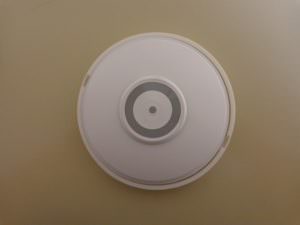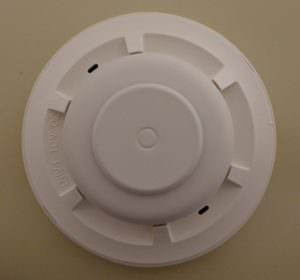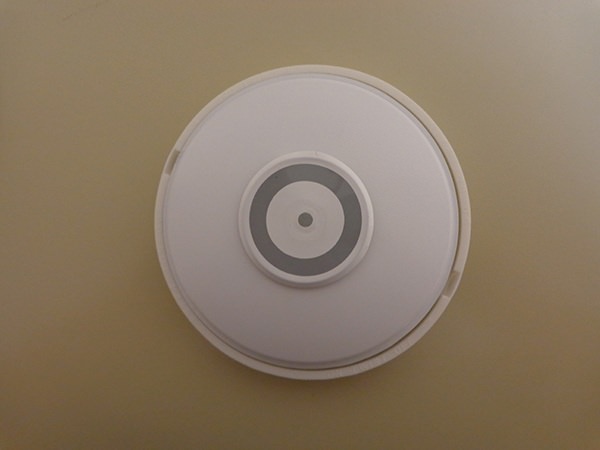Heat sensors as part of a security system are fire detection devices that detect when temperatures have reached a certain high level. Heat sensors can be wired or wireless and can be set to trigger when temperatures reach 135 or 200 degrees. There are two kinds of heat sensors: fixed sensors and fixed/rate-of-rise sensors.
Fixed Heat Sensors

Fixed heat sensors detect when a fixed high temperature is reached. They are useful especially in commercial environments, where temperatures can remain high, such as in a paint booth, boiler room, elevator shaft, or equipment room.
Fixed heat sensors are also good to use in high-dust environments that won’t accomodate a smoke detector. Another place for a fixed heat sensor is a garage or other environment where temperatures may vary.
Fixed/Rate-of-Rise Heat Sensors

Fixed/rate-of-rise heat sensors are designed to catch fires as the temperature rises over a period of time. They are mainly used in interior spaces, such as homes, and typically trip at 135 degrees.
You can also find some smoke detectors that have fixed/rate-of-rise heat sensors built in.
Drawbacks
There can be a few drawbacks to fixed rate heat sensors. One is that they generally need to be replaced after they have been tripped, while fixed/rate-of-rise sensors generally reset. Also, fixed rate sensors cover less area than fixed/rate-of-rise sensors, so you will need more fixed rate sensors to cover the same amount of square feet.
A downside to fixed/rate-of-rise heat sensors is that they can’t be used in areas that have volatile temperatures, such as garages or furnace rooms.
The main question you need to answer is what space you want to protect. After that, contact a security system professional for an in-person security analysis and they can explain what might be the best options for you.

